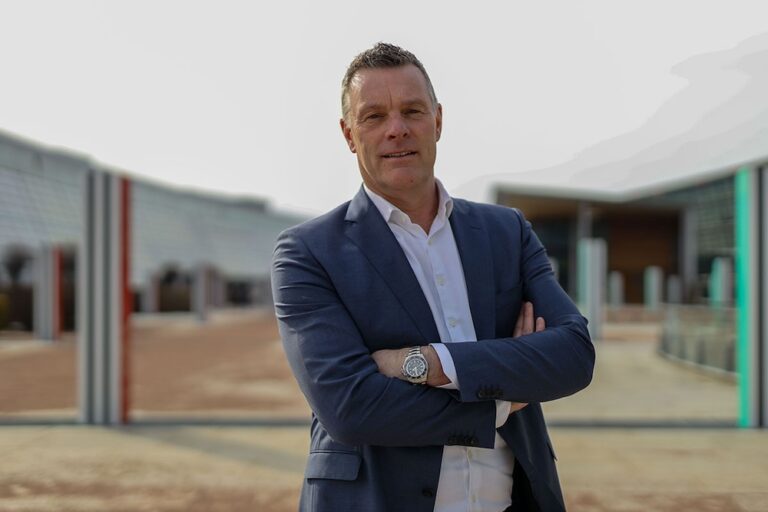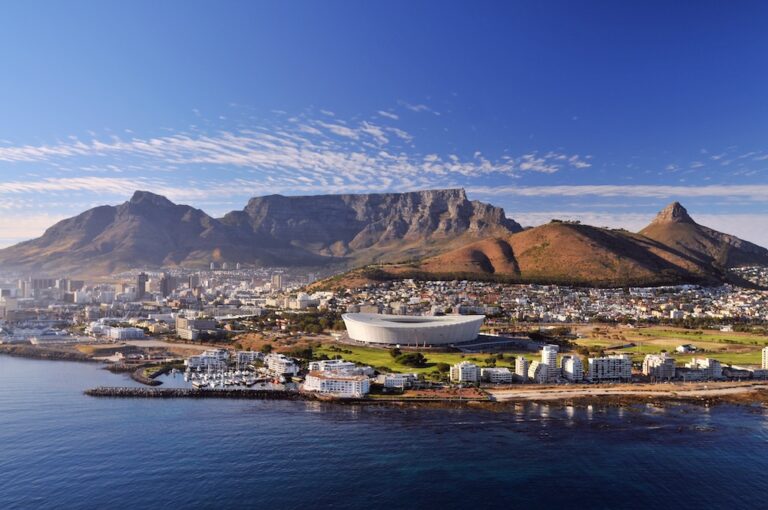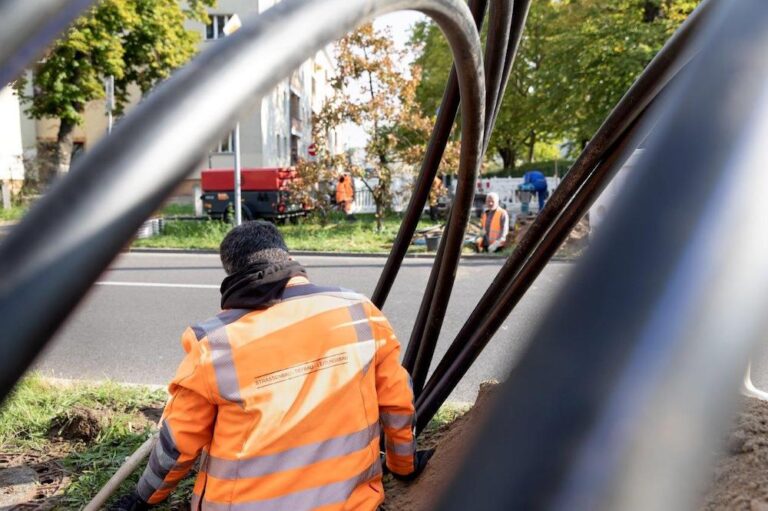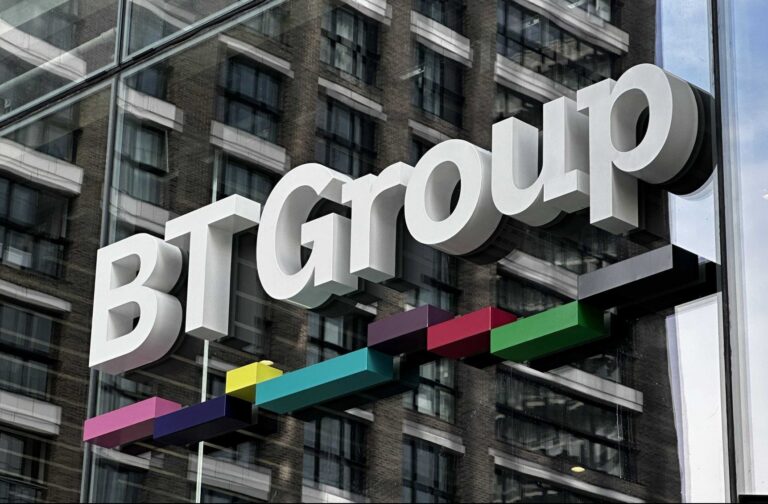Telenor launches new unit with Nordic ambitions, while iliad announces cyber centre of expertise in Toulouse
The head of the European Union Agency for Cybersecurity (ENISA) Juhan Lepassaar recently said that cyber-attacks have doubled in the European Union in recent months with many of these linked to Russian-backed groups. And cyber warfare is not only virtual. At the end of last year, Estonia’s prosecutor general confirmed that the Hong Kong-registered NewNew Polar Bear container vessel was the primary suspect in an investigation of damage to two subsea telecoms cables linking Estonia to Finland and Sweden.
This week, the European Commission, ENISA and EU countries are meeting to discuss the proposed cybersecurity certification scheme (EUCS) for cloud services which will decide among other things, whether US cloud giants will have unfettered access to European data so the stakes are high, and increasing.
No time to wait
Europe’s telcos are not hanging around given they are on the front line of the cyber-attacks. A range of initiatives have been announced with the latest being Telenor. The operator announced plans to cybersecurity company Telenor Cyberdefence to protect Norwegian businesses and public sector organisations. According to a survey conducted by Norstat, 1 in 5 business leaders reported having experienced cyberattacks in the past year – that’s 130,000 Norwegian companies.
“We have never experienced cyber threats as frequent and severe as we do today. The business digital landscape is under constant attack, making robust cybersecurity more critical than ever. Telenor has decided to build on its experience and expertise as one of the Norway’s strongest security players and is establishing a new cybersecurity company with Nordic ambitions,” says Telenor CEO and president Sigve Brekke.
The newly formed company will become part of Telenor Amp. Today, Telenor Amp’s portfolio is comprised of 15 fully- or partially-owned companies with a combined value of NOK 10-12 billion. Thomas Kronen (above) has been appointed CEO of the new company.
“The exponential growth of data and the increasing digitalisation of society are providing criminals with a larger digital landscape to attack. This is a challenge we are taking seriously by establishing Telenor Cyberdefence, and purposely focusing on digital security,” said Telenor Amp head and EVP Dan Ouchterlony. “This will enable us to develop advanced security products for the business market more rapidly and more effectively meet market needs.”
Specialist expertise
Telenor Cyberdefence will offer businesses a Security Operations Centre (SOC) for 24/7 monitoring, prevention, detection, and response to all types of cyber threats and incidents. The company will also provide specialist expertise through consultancy services and testing of IT systems and infrastructure.
“The Norwegian SOC market is worth around NOK 3 billion annually, according to our own analysis. Telenor Cyberdefence has ambitions to expand its operations across all Nordic markets, presenting a significant opportunity for rapid growth and establishing a strong market position,” said Kronen. He added that the new company has ambitions to build a position across the Nordic region.
The establishment of Telenor Cyberdefence involves the transfer of approximately 50 security personnel from Telenor Norway to the new company. The company will also assume responsibility for Telenor Norway’s existing SOC customers, resulting in Telenor Cyberdefence commencing operations with a customer base of around 70 Norwegian businesses.
This Nordic expansion follows a recent strengthening of the internal security environment within Telenor Norway. The incumbent owns and operates critical infrastructure, and as a result, it has over the years established a robust security environment.
Considering the evolving security landscape and the increasing prevalence of cyber-attacks, Telenor has further strengthened this environment through the establishment of a new and dedicated internal Cyber Security Operation Centre (CSOC). This center will focus on Telenor Norway’s extensive and intricate IT and telecom infrastructure.
iliad opens ITrust’s new head office in Toulouse
iliad Group’s B2B subsidiary specialising in cybersecurity ITrust inaugurated its new head office in Labège, on the outskirts of Toulouse, at the heart of the new Enova innovation hub. In opening this new head office, the Group has installed its cyber center of expertise in Occitanie, in a move that it said demonstrates its aim of building a major industrial group specialised in data to serve businesses and public authorities.
Acquired by the iliad Group in April 2023, ITrust has been working since then with Free Pro on bringing cybersecurity within the reach of all businesses and organizations through an offer dedicated to SMEs. This work led to the creation of Cyber XPR, a solution which is currently being taken up by two SMEs every day and has won 650 new customers over the past year. ITrust now has a total of 1,200 customers.
The inauguration of ITrust’s new head office in Labège means that the Group’s cyber HQ is now firmly rooted in the Occitanie/Midi-Pyrénées region. This cyber centre of expertise brings together the wide range of – often long-standing – IT security skills from the Group’s various B2B and B2C entities. More than 100 people from Free Pro, Scaleway and ITrust are now working together daily in Labège, and around 40 new hires are in the pipeline for between now and the end of the year.
The Group wants to draw on the capabilities of ITrust and ifuse with expertise from Free in France and Play in Poland to secure its cloud services, backed by a platform of data centers based throughout Europe in its Opcore subsidiary.












